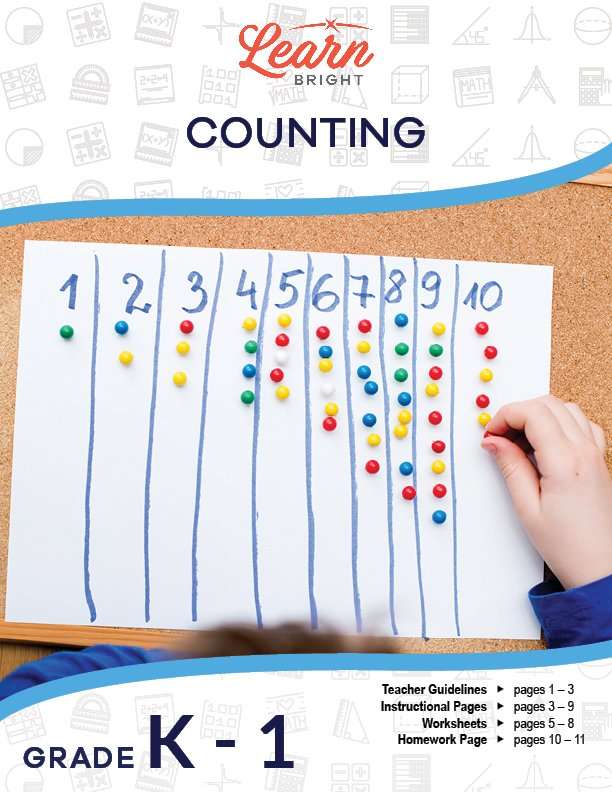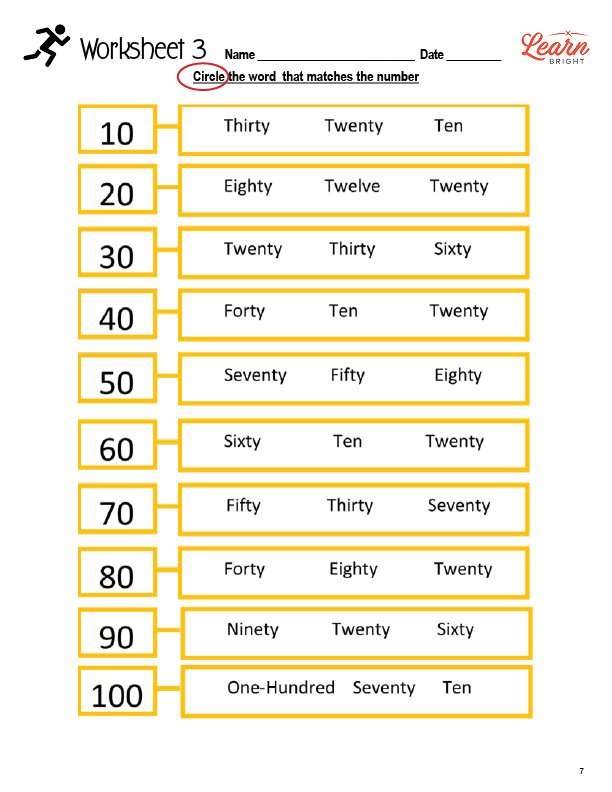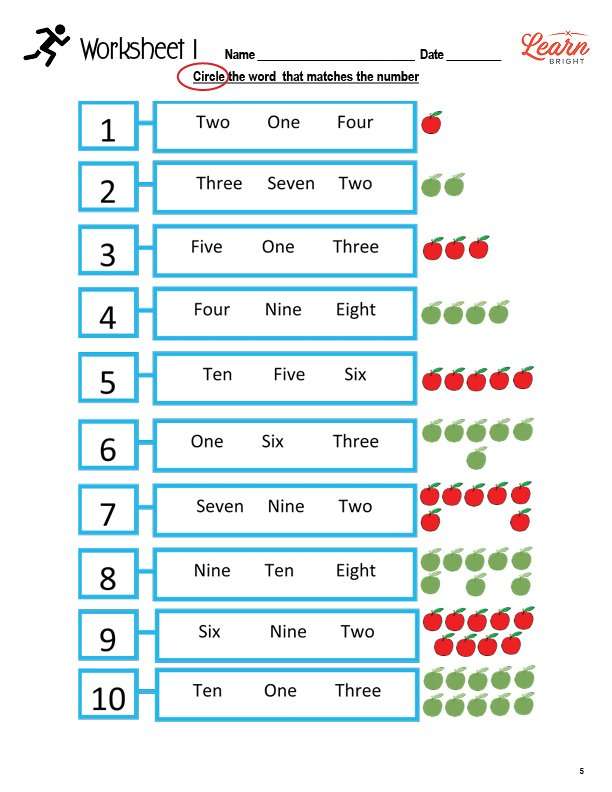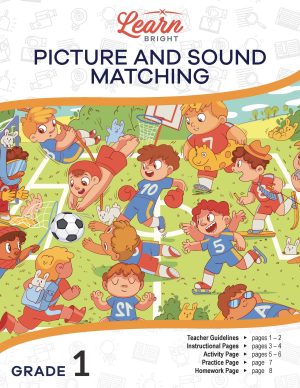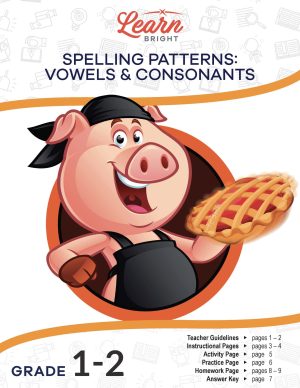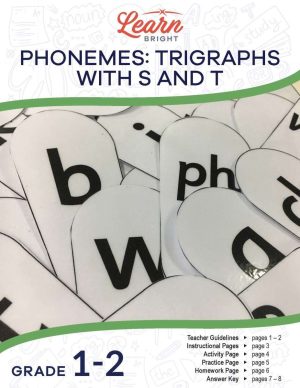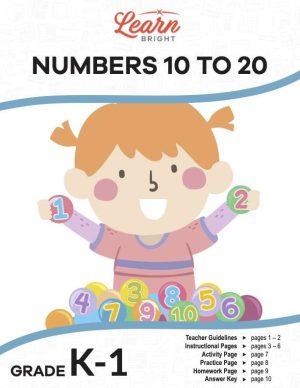Description
What our Counting lesson plan includes
Lesson Objectives and Overview: Counting teaches students how to recognize numbers, numerical order, and number facts. At the end of the lesson, students will be able to use single digits and tens to count from 1 to 100. This lesson is for students in Kindergarten and 1st grade.
Classroom Procedure
Every lesson plan provides you with a classroom procedure page that outlines a step-by-step guide to follow. You do not have to follow the guide exactly. The guide helps you organize the lesson and details when to hand out worksheets. It also lists information in the blue box that you might find useful. You will find the lesson objectives, state standards, and number of class sessions the lesson should take to complete in this area. In addition, it describes the supplies you will need as well as what and how you need to prepare beforehand.
Options for Lesson
Included with this lesson is an “Options for Lesson” section that lists a number of suggestions for adjustments or substitutions for the lesson. You can have your students count less than 100, by counting 1-10 on day one, 11-20 on day two, etc. You can adjust this lesson to the needs of the class, stopping at Step 8, 12, or 16 if needed. If you’d like to, you can also increase the amount of practice your students do using additional resources. You could also have your students think of other words that rhyme with the numbers. If you have students at different levels, Step #17 can be used for all of them. You could explore assigning a number for students in Step #20. Finally, the counting content page can be used as a page students can use at home with a parent or other family member.
Teacher Notes
The teacher notes page includes a paragraph with additional guidelines and things to think about as you begin to plan your lesson. This page also includes lines that you can use to add your own notes as you’re preparing for this lesson.
COUNTING LESSON PLAN CONTENT PAGES
The Counting lesson plan includes one content page. To answer the questions How many? How much? How far? How big? How old? How long? you can count! All of the answers to these questions will be numbers, and all numbers are made up of one or more of the ten digits: 0, 1, 2, 3, 4, 5, 6, 7, 8, 9. For example, we make the number ten using a one and a zero: 10. We make 23 using a two and a three.
We see numbers all over the place! Your age, today’s date, and the time are all numbers. Sometimes we need to count these numbers. This is easy if you practice. You can try counting the numbers 1, 2, 3, 4, 5, 6, 7, 8, 9, and 10, adding 1 to each number. You can also do it backwards: 10, 9, 8, 7, 6, 5, 4, 3, 2, 1. And you can also try it with larger numbers! The lesson lists the numbers 11 through 100 for students to practice with.
The order of the numbers never changes when counting by 1, 5, 10, and so on. It can take some practice to become good at counting. Students can practice by writing the numbers down on paper or by counting their steps as they walk. They can practice with a friend or family member, too!
COUNTING LESSON PLAN WORKSHEETS
The Counting lesson plan includes six worksheets: four worksheets and two homework assignments. You can refer to the guide on the classroom procedure page to determine when to hand out each worksheet.
WORKSHEETS
The first three worksheets ask students to circle the word that matches the number. For example, they will circle “ten” for the number “10”.
For the fourth worksheet, students will complete one of several exercises, as chosen by their teacher: Count to 100 (or other predetermined number) as a class; allow individual students to take turns counting each set of 10; count forward and backwards; announce numbers for students to circle using patterns; circle all numbers with a 1, a 2, a 3, etc.; and more. Teachers can find these options in the Classroom Procedure section of the lesson.
HOMEWORK ASSIGNMENTS
For the first homework assignment, students will use a line to match the number to its word. For the second homework assignment, students will count each set of numbers and fill in any blanks with the correct number.

